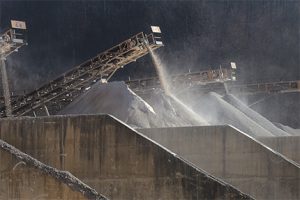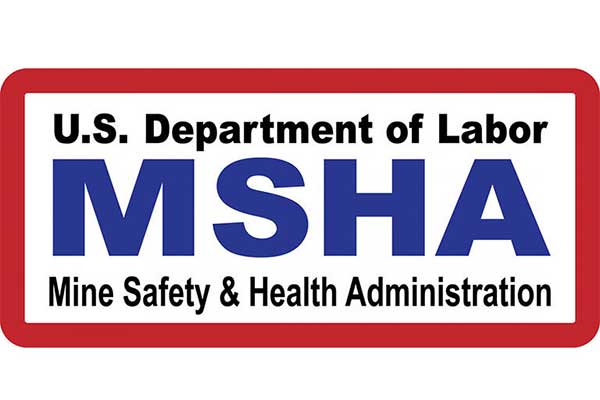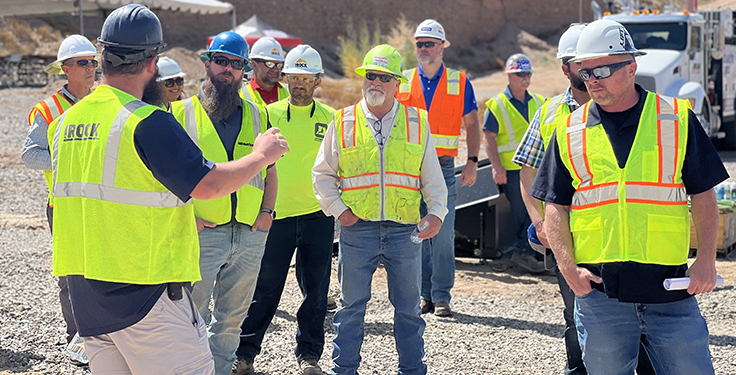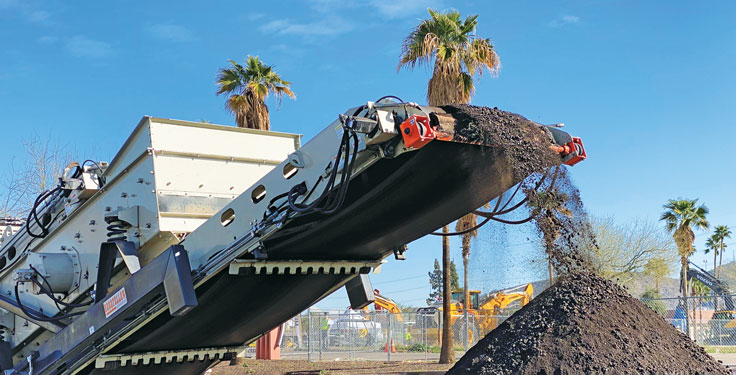
The Mine Safety & Health Administration (MSHA) revealed its long-anticipated proposed rule on respirable crystalline silica.
MSHA calls for mine operators to maintain miners’ permissible exposure limit (PEL) to silica at or below 50 micrograms per cubic meter of air for a full shift of exposure that is calculated as an eight-hour time weighted average. If a miner’s exposure exceeds the limit, the proposed rule would require operators to take immediate corrective actions to come into compliance.
“The purpose of this proposed rule is simple: prevent more miners from suffering from debilitating and deadly occupational illnesses by reducing their exposure to silica dust,” says Chris Williamson, assistant secretary at MSHA. “Silica overexposures have a real-life impact on a miner’s health. Miners like a crusher operator at a California sand and gravel mine or a roof bolter in a West Virginia coal mine should never be forced to choose between preserving their health and providing for themselves and their families. This proposed rule furthers the Mine Act’s clear instruction to prioritize miners’ health.”
In addition to reducing the existing exposure limit, the proposal includes other requirements to protect miners’ health (i.e., exposure sampling) and medical surveillance at no cost for metal and nonmetal miners. According to MSHA, the proposed rule would also replace existing requirements for respiratory protection with a standard that reflects the latest advances in respiratory protection technologies and practices.
Once MSHA’s proposed rule is published in the Federal Register, the agency will welcome public comments and unveil dates for public hearings in Arlington, Virginia, and Denver. The hearings will be open for in-person or online participation.












